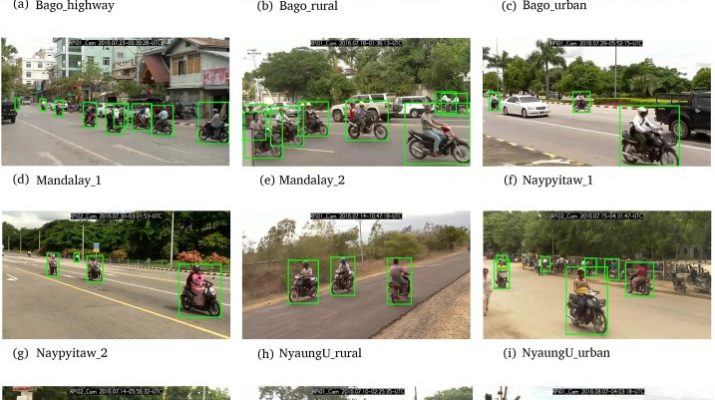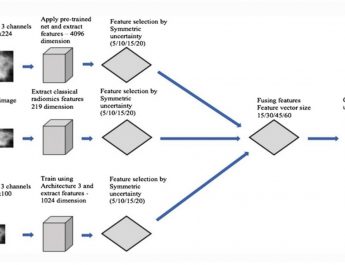Using a motorcycle helmet can decrease the probability of fatal injuries of motorcycle riders in road traffic crashes by 42% which is why governments worldwide have enacted laws that make helmet use mandatory. Despite this, compliance with motorcycle helmet laws is often low, especially in developing countries. To efficiently conduct targeted helmet use campaigns, it is essential for governments to collect detailed data on the level of compliance with helmet laws.
Abstract
The continuous motorization of traffic has led to a sustained increase in the global number of road-related fatalities and injuries. To counter this, governments are focusing on enforcing safe and law-abiding behavior in traffic. However, especially in developing countries where the motorcycle is the main form of transportation, there is a lack of comprehensive data on the safety-critical behavioral metric of motorcycle helmet use. This lack of data prohibits targeted enforcement and education campaigns which are crucial for injury prevention.
Hence, we have developed an algorithm for the automated registration of motorcycle helmet usage from video data, using a deep learning approach. Based on 91,000 annotated frames of video data, collected at multiple observation sites in 7 cities across the country of Myanmar, we trained our algorithm to detect active motorcycles, the number and position of riders on the motorcycle, as well as their helmet use. An analysis of the algorithm’s accuracy on an annotated test data set, and a comparison to available human-registered helmet use data reveals a high accuracy of our approach.
Our algorithm registers motorcycle helmet use rates with an accuracy of −4.4% and +2.1% in comparison to a human observer, with minimal training for individual observation sites. Without observation site-specific training, the accuracy of helmet use detection decreases slightly, depending on a number of factors. Our approach can be implemented in existing roadside traffic surveillance infrastructure and can facilitate targeted data-driven injury prevention campaigns with real-time speed. Implications of the proposed method, as well as measures that can further improve detection accuracy, are discussed.
Highlights
-
*Deep learning was applied to detect motorcycle helmet use in traffic video data.
-
*Algorithm is accurate within −4.4% and +2.1% compared to human observation.
-
*Algorithm accuracy was highest for sites included in the training of the algorithm.
-
*Performance decreased slightly for untrained sites.
-
*Approach can be easily implemented in existing traffic surveillance systems.
Felix Wilhelm Siebert
HanheLinb
Read More





